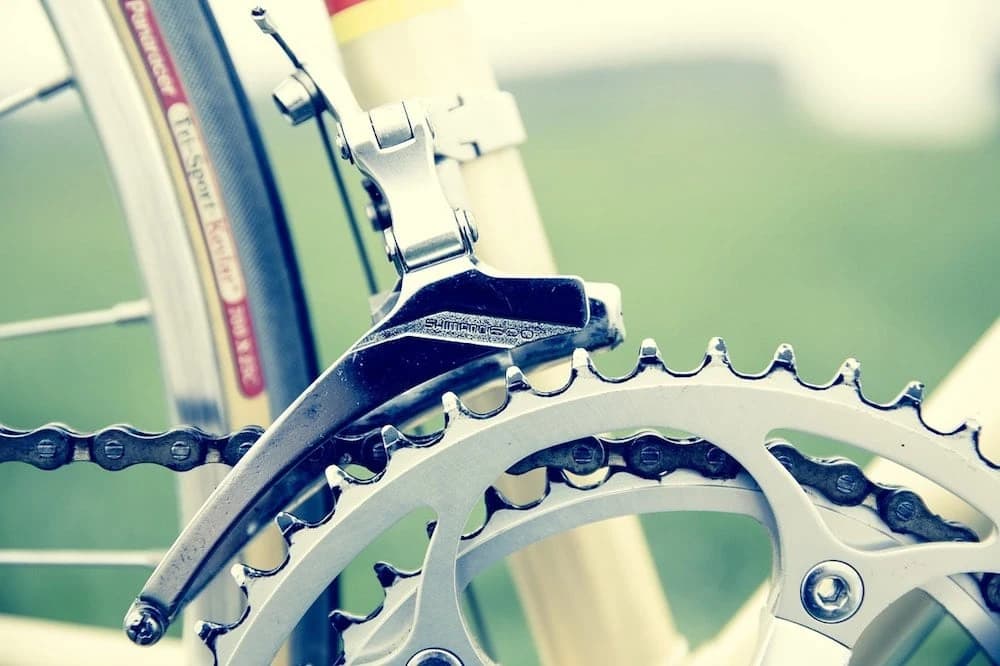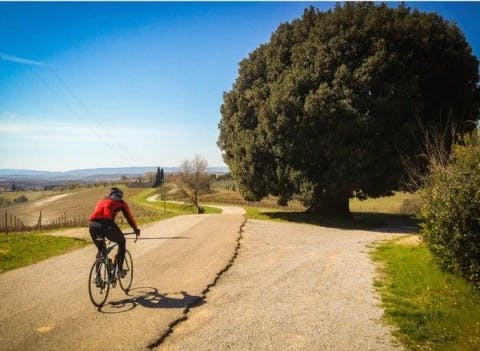All bikes require maintenance, and the chain is undoubtedly one of the parts most susceptible to wear. Experienced cyclists will undoubtedly have had to change this part of their bike, while for novices it may be a novelty. That's why it's so important to know what to do, but above all to understand when it's time to change the bike chain. In this article, we want to provide you with a practical and essential guide, so you are never caught off guard.

Prevention is better than cure: regular bike maintenance
The bike chain requires replacement in two specific cases: when it breaks and when it is excessively worn. To try to preserve the component as long as possible, it is necessary to carry out correct periodic maintenance: in this way, you can extend its lifecycle. But what does this maintenance involve?
Firstly, avoid leaving your bike parked in the rain for long periods. If you live by the sea, normal weather conditions can also be a problem due to salt air. Also, make sure the chain is always oiled and if not, lubricate it with a specific bike product, or sewing machine oil. Never use grease though, as it mixes with the dust and not even spray lubricant because it could have the opposite effect. The chain must be regularly cleaned as it tends to accumulate dirt and, after removal, it should be oiled. If it starts showing the first signs of rust, scrape it with a metal brush and afterwards, oil it.
When is the exact time to change the bike chain?
As we explained above, the chain should be replaced in case of breakage or excessive wear. There isn't actually a precise number of kilometres within which to replace it because it all depends on how it's used and the type of maintenance performed.
In general, you should check the stretch of the links: when it becomes excessive then it's time to replace it. To check this, you need a specific tool that all bicycle mechanics have, but it's also noticeable simply because the bike will start to have problems changing gear. If you don't notice the stretch of the links, the teeth of the sprockets and the pinions may also deteriorate: that's why it's important to check the mechanics of the bike periodically.
If you detect the state of wear of the chain in time, the only component you will have to replace is this one. If, on the other hand, you feel that the new chain slips when you push on the pedals, it means that you also need to change sprockets and pinions.
The steps to follow to change the chain correctly
Firstly, make sure to buy the correct chain for the number of gears on your bike.
Get a chain breaker, the only tool you'll need to perform this operation independently, then open the old chain checking where it passes, especially in the derailleur pulleys.
Read also: how to adjust bike gears
Mount the new chain by passing it through the same points as the old one, then close it always with the chain breaker. Finally, check that the closed link is not stuck, but bends normally and finally, oil the new chain.
By following these simple steps, you'll be able to change the bike chain on your own!
Now that you know how to best maintain your bike, are you ready to test it on new routes? On Cyclando you can find many ideas for your bike trips, all feasible with your own bike!





